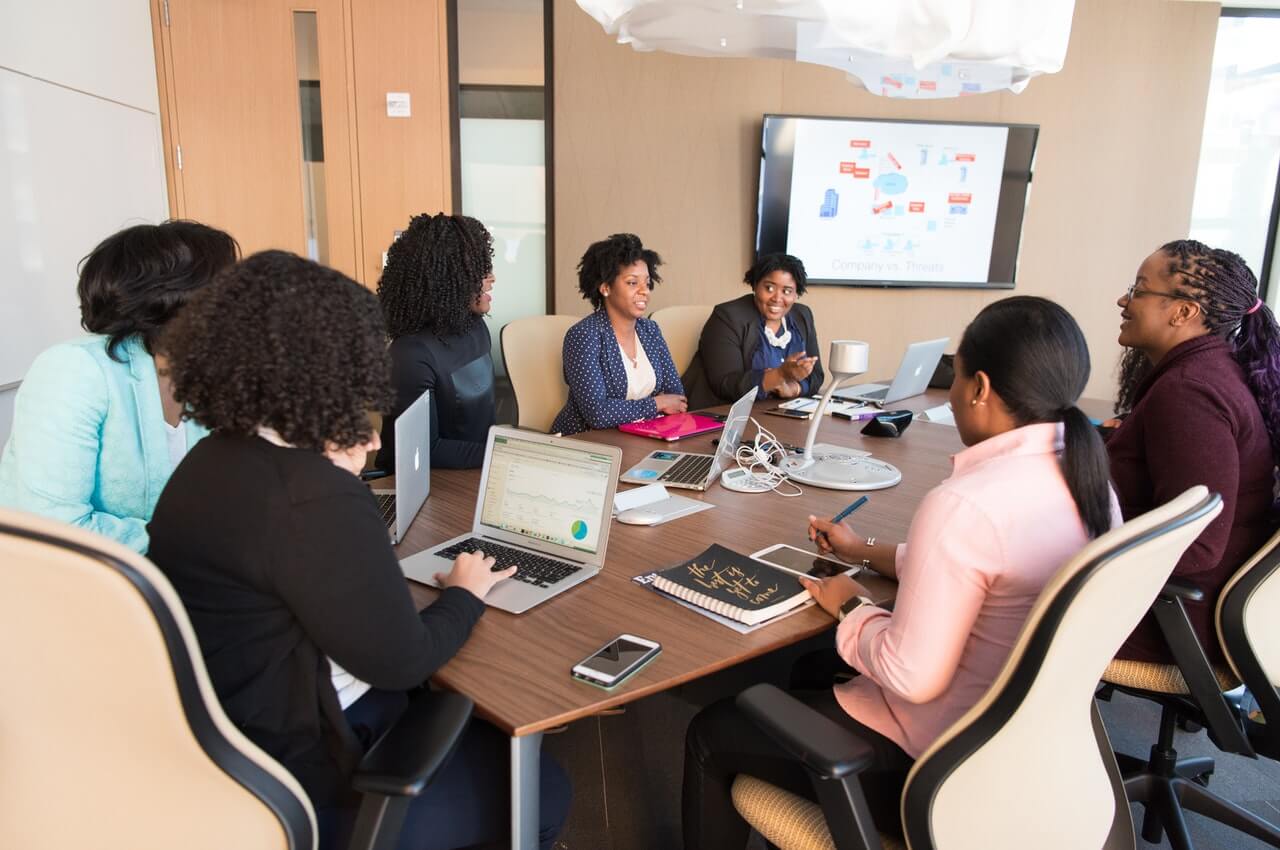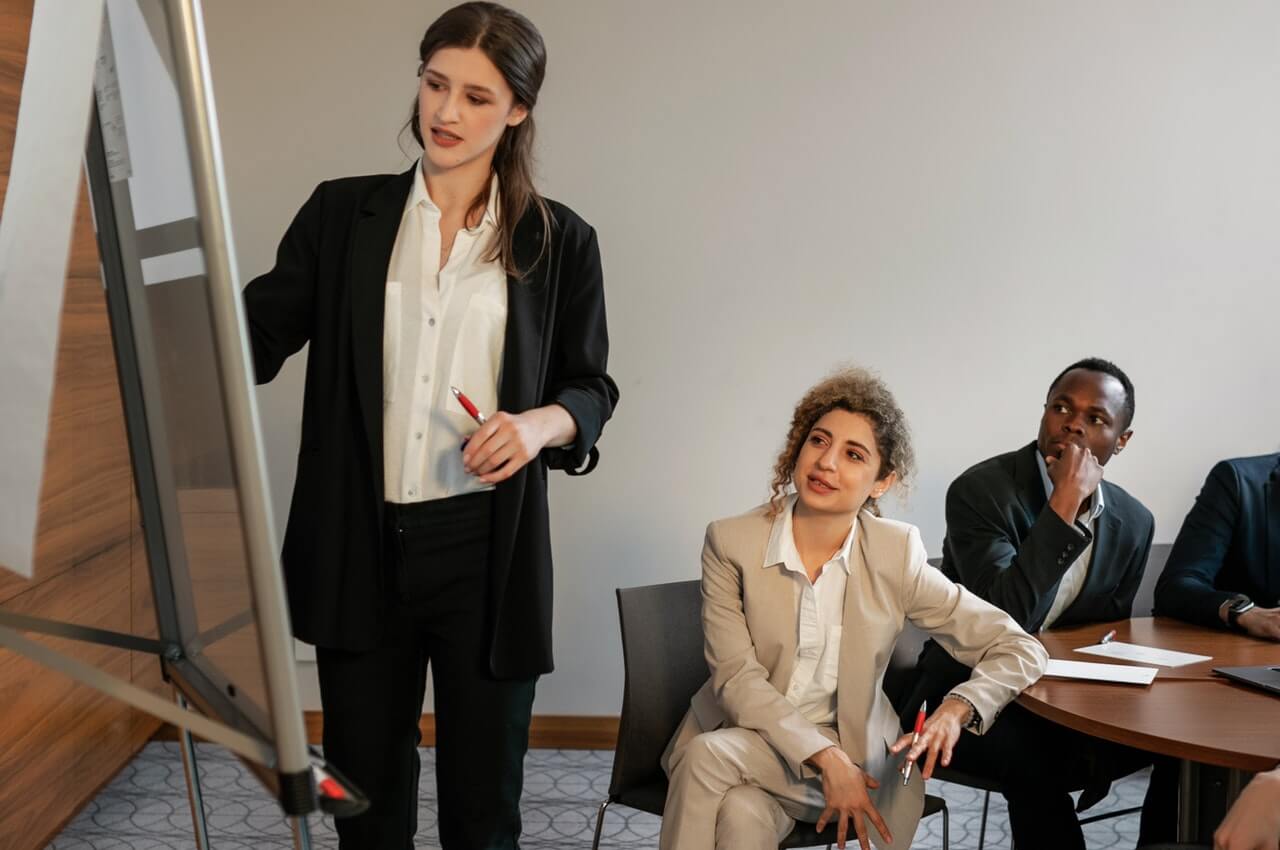When I started my career in fundraising, in the late ‘70s, my first employer was one of the traditional capital campaign-consulting firms — one of those firms that, for the most part, only engaged in feasibility studies and capital campaigns.
Like many like similar firms, there was little attention paid to the broad concepts of “Development” and how a campaign could/would/should impact an NPO’s future relations with its community.
I was a campaign director – the fellow who moved into town for the length of the campaign and worked with the non-profit’s leadership to guide the campaign. Most often, I was working with an NPO for which my employer had already done a “feasibility study.”
Back then, it turns out, whatever firm did the “study,” was the firm that was (almost always) “selected” to provide campaign direction.
It didn’t take me long, especially after talking with my colleagues and counterparts at other campaign-counselling firms, to figure out that the “studies” were not just the foot-in-the-door for those firms, but the means for keeping the door wide-open!!
The “tradition” had been, and still is for many consulting firms, that all study interviews must be confidential. That means, in essence, that an organization hires a consultant to conduct a study where no one could be quoted directly about what they said about their own potential giving or leadership roles … or those of others.
The study report could indicate that some interviewees thought that Mr. Xyz would make a good leader and/or that Mrs. Abc would likely make a large gift, but you couldn’t report that Mr. Xyz said he’d be happy to lead or that Mrs. Abc said she’d make a large gift. Huh !!
The report might have indicated that there were three people who would likely make six-figure gifts, eight people who indicated that they’d make five-figure gifts, and three people who would volunteer to be and would make excellent campaign leaders.
But, because the interviews were confidential, only the consultant really knew who said what, and why, and the “confidential information” was not included in the Study Report.
See Why I Object To Feasibility Studies – Part Two
=-=-=-=-=-=-=-=-=-=-=-=-=-=
Have a question about starting or expanding your fundraising program? Email me at [email protected]. With over 30 years of counseling in major gifts, capital campaigns, bequest programs and the planning studies to precede these three, we’ll do our best to answer your question.










